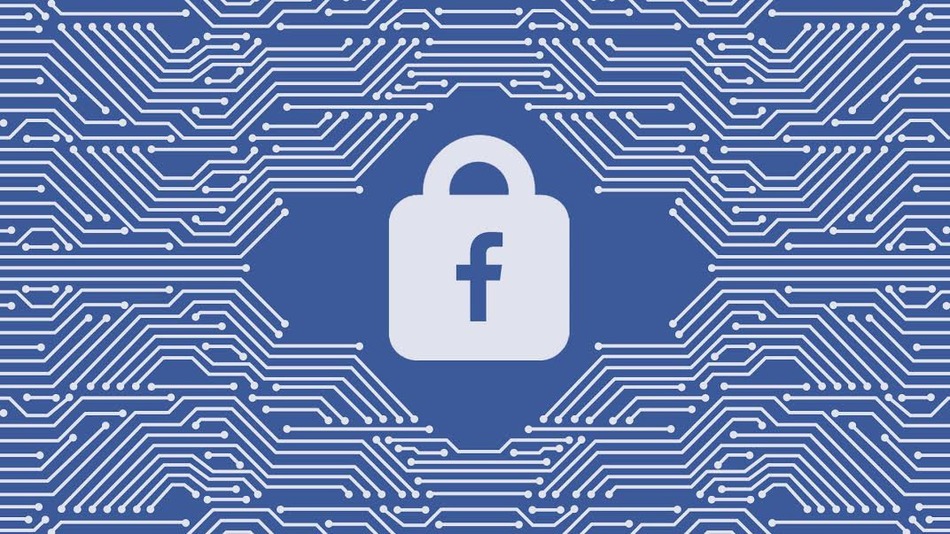Facebook updated its privacy policies on Thursday, but the real change came in the form of the site using basic language so people can better understand how everything works.
The company introduced a page called Privacy Basics, which tells users how to manage settings — including photo tags and what others can see about you — that’s not just for friends, but also advertisers.
The page is colorful and uses easy-to-decipher verbiage (“How can I stop someone who’s bothering me?”), instead of forcing users to weed through buried tools to find what they’re really looking for. It is available in 36 languages.
This, along with its cute privacy dinosaur mascot, is a part of Facebook’s larger effort to make privacy and security more approachable on the service.
Facebook is updating its terms of use, data policy and cookies policy, as well as improving ads “based on the apps and sites you use” when users are not on the social network. While this wasadded for U.S. users in June, the site is now rolling it out globally.
The company said it is also “expanding your control over this kind of advertising,” but this is relatively limited: USers can submit comments and suggestions about the updates for the next seven days. If there’s backlash, Facebook could consider a reversal or adjustment after sifting through feedback.
“People sometimes ask how their information is shared with advertisers,” Facebook said in anofficial blog post. “Nothing is changing with these updates — we help advertisers reach people with relevant ads without telling them who you are.”
At the same time, Facebook highlights how it plans to target users with new features in the future.
By noting how it gets a user’s location information (mostly from when you check into places or use Nearby Friends), it could use that data in the future to show nearby restaurant menus or friend updates.
It’s also testing a “buy” button in some regions that lets users purchase items directly on the site, without being routed elsewhere.
According to eMarketer, Facebook is on track to make up 8% of the $140 billion worldwide digital-ad spending market this year, up from 5.8% last year. In the U.S., it will occupy a 10% share of the $50.7 billion digital advertising market.
Source: mashable.com


